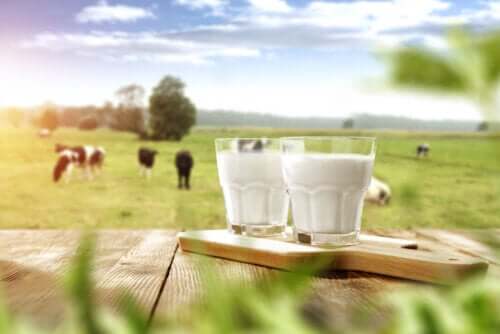
Luz Eduviges Thomas-Romero
About the author
Graduated in Bioanalysis from the Universidad de los Andes in 1988. She has a Master's in Immunology from the Center for Advanced Studies of the Venezuelan Institute of Scientific Research (1991) and a PhD in Biochemistry from the IVIC (1998). She has published 21 scientific articles, some of which can be found here: http://scholar.google.co.ve/citations?user=xJzKYhgAAAAJ&hl=en
Since 2000, she has worked professionally as a scientific researcher and teacher. She has been a thesis tutor for 13 undergraduate and postgraduate students. Member of the National Technical Committee on breastfeeding from 2015-2017, sponsored by MPPPS and UNICEF.
Research Areas: Physiology and Intestinal Development; Study of the effect of components of human breast milk on intestinal maturation; Intestinal inflammation models in pigs, guinea pigs and rats.
She has participated in 67 international conferences on physiology, biochemistry, and molecular biology. She collaborates as a scientific consultant with more than a dozen scientific journals in her area of knowledge.










